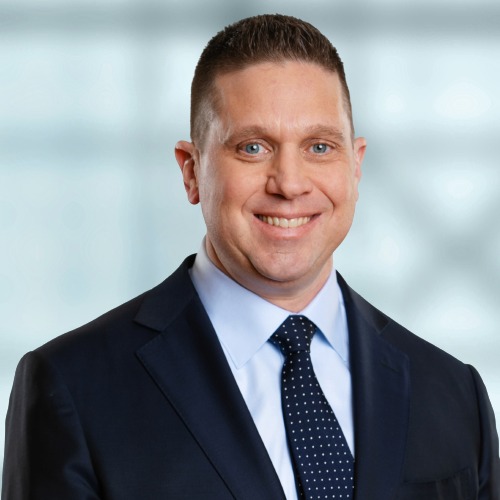ARC-EX, a device for spinal cord injury rehabilitation, has received FDA approval, thanks in part to KITE research.
A new therapy for people with spinal cord injuries has just been approved for clinical use in the U.S.—and the KITE Research Institute played an important role in its success.
From 2021 to 2022, patients with spinal cord injuries have come to KITE to participate in an international trial for the device, called ARC-EX. It uses electrodes on the skin over the area of the injury in the neck to deliver transcutaneous electrical stimulation (TES) to the spinal cord while people do tasks in rehabilitation.
Now, the FDA has approved ARC-EX for sale for use in clinics in the U.S., and KITE researchers are hopeful it will come to Canada next.
ONWARD Medical, the company that commercializes ARC-EX, was given de novo classification and authorization to market the ARC-EX system by the FDA late last year and began sales in early January. The agency based the authorization on the results of a trial, “Non-invasive spinal cord electrical stimulation for arm and hand function in chronic tetraplegia: a safety and efficacy trial,” published in Nature Medicine.
Dr. Sukhvinder Kalsi-Ryan, a Clinician Scientist at KITE, was the principal investigator of the KITE arm of the trial (one of two sites in Canada). Patients were eager to participate, she says. “Canada is one of the highest performing countries in the world when it comes to spinal cord injury research,” she says. “But it’s a challenge for Canadians to get access to novel care, such as newer interventions [like this.]”
This U.S. approval, she says, means that American patients won’t have to seek out clinical trials to get access to this kind of technology. She’s hopeful Canadians will soon be able to use ARC-EX in clinics as well; ONWARD intends to submit it to Health Canada for commercial sales approval later this year. In the meantime, Dr. Kalsi-Ryan plans to acquire an ARC-EX system to use experimentally in some of her research studies.
The research published in Nature was a prospective, single-arm, open-label trial. Chet Moritz, Professor of Rehabilitation Medicine at the University of Washington and upcoming ICAIR keynote speaker led the study. “Regaining hand ability is the highest treatment priority for people with paralysis, five-fold higher than regaining all other abilities lost to injury,” he said in a press release. “I believe the ARC-EX System will have a tremendous impact on the quality of life of people living with SCI.”
In the study, 60 participants from the United States, Canada, the United Kingdom, and the Netherlands took part in an intensive rehabilitation program for two months, followed by the same program with ARC-EX therapy for two more months. All participants had chronic tetraplegia from injuries that were at least one year old. That’s usually a phase where rehabilitation is no longer prescribed because it isn’t thought to help with neurological status at that point, the study says.
After the two-month rehabilitation period, 63% of the participants met the minimally important difference (MID) criteria for improvements in arm and hand functions, but those gains were mostly in functional domains and tended to plateau; after the ARC-EX and rehabilitation period was added, most improvements continued to rise, and those included both functional domains and neurological status.
By the end, 72% of people met or exceeded the MID criteria for at least one outcome of the strength and functional performance domains. Ninety percent met it for at least one strength or functional outcome.
One of the primary endpoints used was the Graded Redefined Assessment of Strength, Sensibility and Prehension (GRASSP), which Dr. Kalsi-Ryan and a team of researchers invented. GRASSP is licensed through KITE/UHN and manufactured and distributed by a Canadian company.
Being part of the team running the trial was very rewarding, says Dr. Kalsi-Ryan. “This treatment can help restore hand function for people and allow them to do tasks such as feeding themselves, using their phones, bathing, grooming, self-care—so basically restoring independence and function.
“It means a lot to be able to give patients function back. It’s probably what most therapists strive for. It’s what makes me get up and go to work every day.”




